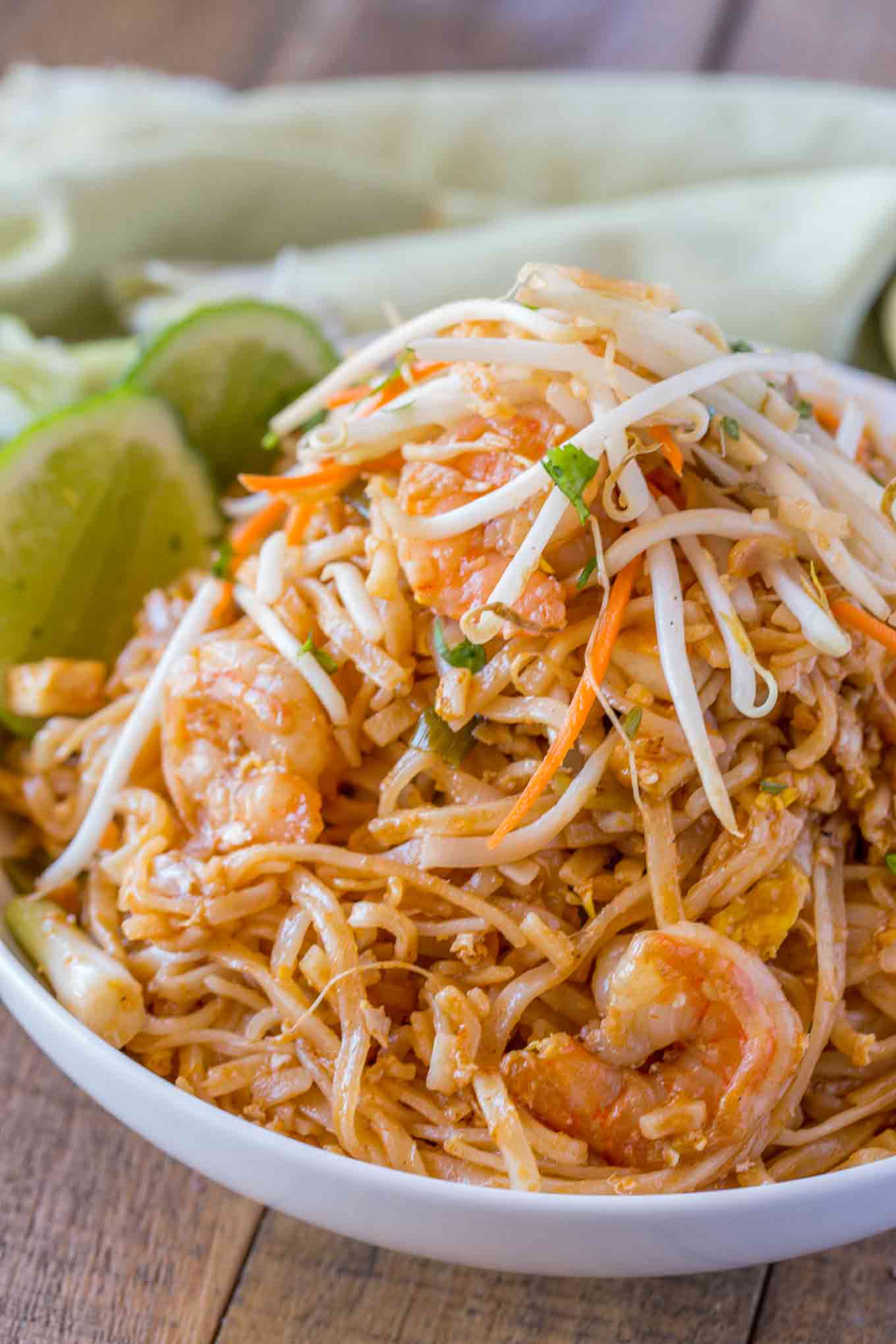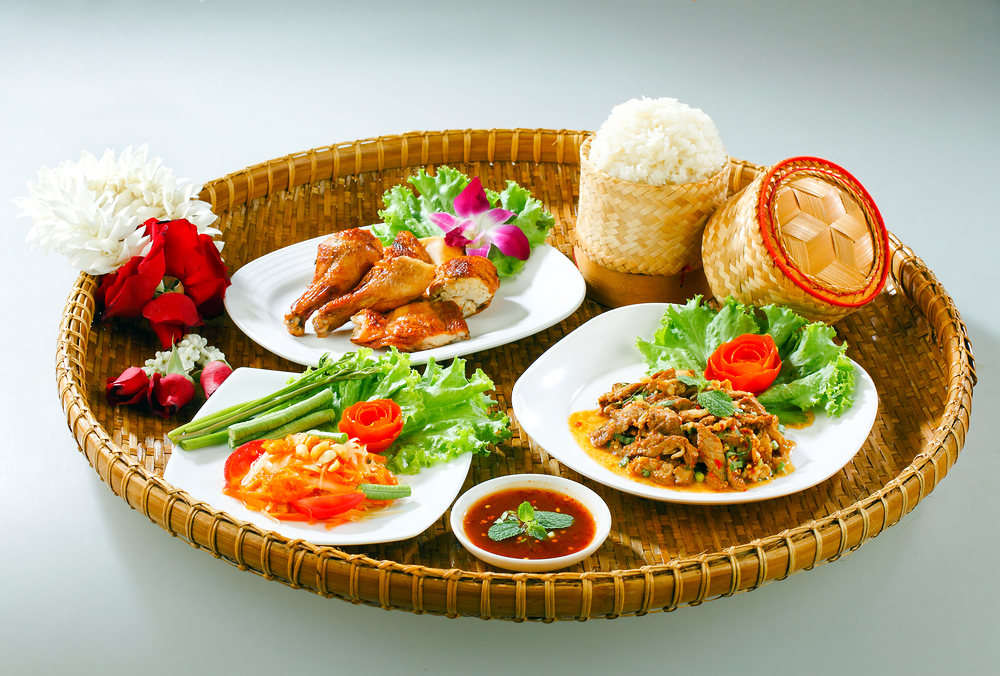Thailand!
Thai Cuisine is the national cuisine of Thailand. Thai cooking places emphasis on lightly prepared dishes with strong aromatic components and a spicy edge. Thai chef McDang characterizes Thai food as demonstrating "intricacy; attention to detail; texture; color; taste; and the use of ingredients with medicinal benefits, as well as good flavor", as well as care being given to the food's appearance, smell and context. Australian chef David Thompson, an expert on Thai food, observes that unlike many other cuisines, Thai cooking rejects simplicity and is about "the juggling of disparate elements to create a harmonious finish". Traditional Thai cuisine loosely falls into four categories: tom (boiled dishes), yam (spicy salads), tam (pounded foods), and gaeng (curries). Deep-fries, stir-fries, and steamed dishes derive from Chinese cooking.
Which Region Has The Best Food?
- Central Thailand-Ahan Phak Klang is most often eaten with the non-glutinous jasmine rice. The cuisine has also incorporated many Thai Chinese dishes. In the West, the dishes of the Central Plains are the ones most commonly served in Thai restaurants, thereby forming the basis of what many foreigners think of as Thai cuisine. These foods thus come the closest to reproducing foreigner's expectations about how Thai food should taste. The Central Plains lie in the middle of Thailand geographically, climatically and culinary. This has allowed the people of this region to taste and appreciate the cuisines of every part of Thailand and to then integrate the various ingredients and cooking styles into their own dishes.

- Northeastern Thailand-Ahan Isan generally features dishes similar to those found in Laos, as Isan people historically have close ties with Lao culture and speak a language that is generally mutually intelligible with the Lao language. The staple food of Isan is glutinous rice and most of the Isaan food is spicy and cooked with local ingredients found on the farms all through northeastern Thailand. Isaan people primarily get their income from farming. Rice, sugar cane, pineapple, potato, and rubber are all farmed in this region.

- North Thailand-Ahan Lan Na shares certain dishes with neighboring Shan State, in Burma, and with Laos. As in northeastern Thailand, glutinous rice, not jasmine rice, is eaten as the staple food. Amid the setting of mountain valleys with a cool, rainy climate, the food served in this region will not be complete without a side of pungent dips and some warm sticky rice. Much influence has trickled down from the Lanna and Isaan kingdoms, which explains the many similarities northern and Isaan dishes share. The good news for chilli newbies is that the northern palate is not as fiery as its Isaan counterpart. But you can be sure to expect lots of fresh vegetables, smoky grills and herb-rich curries.

- South Thailand-Ahan Phak Tai shares certain dishes with the cuisine of northern Malaysia. Southern Thais, just like the people of central Thailand to the north, and the people of Malaysia to the south, eat non-glutinous rice as their staple food. But Thai food is more than just the dishes you taste in central cities such as Bangkok, where palates are considerably slanted towards more refined, toned down flavours. Head to the southern region, though, and you’ll find dishes that are not shy with packing in the heat and spices. As the south is where majority of the country’s coconut groves are, thick rich curries are a staple here along with fragrant jasmine rice and plenty of fresh vegetables. Dry curries — known as khua kling to the locals — are a signature of southern Thai cuisine.

Desserts:
Thai desserts reflect Thai cuisine in the way certain ingredients are used notably rice, coconut, and fruits. Thai desserts are known as Khanom in Thai or sweet snacks. We believe that eating Khanom is a great way to end a meal and smoothen the palate after eating spicy Thai dishes.

Other Countries:
- Back Home
- Mexico
- Italy
- India




